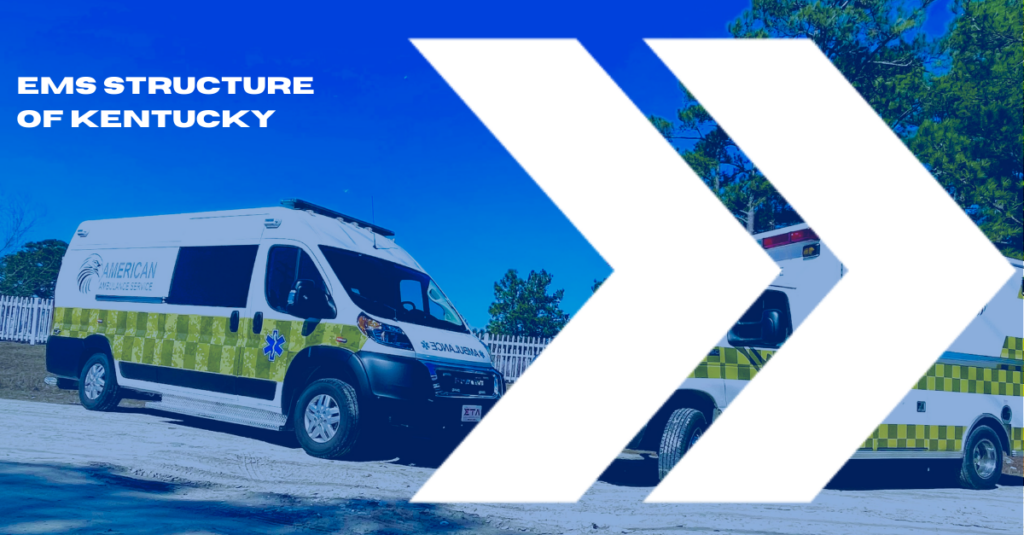Emergency Medical Services (EMS) play a crucial role in providing immediate medical care and transport to individuals experiencing a medical emergency. In Kentucky, the structure of EMS is designed to ensure that patients receive quick and effective care, regardless of their location within the state. In this blog, we’ll take a closer look at the structure of EMS in Kentucky and the different components that make it possible.
Kentucky EMS Dispatch Centers
The first step in the EMS process is to call for help. In Kentucky, this is done by dialing 911, which routes the call to a local emergency dispatch center. The dispatch center is responsible for coordinating the response to the emergency, including dispatching the nearest available ambulance. The center is staffed by trained operators who are equipped to provide pre-arrival instructions, such as CPR or bleeding control, until the ambulance arrives on scene.
Ambulance Services
The ambulance service is the backbone of the EMS system, providing the transport and immediate medical care to patients in need. In Kentucky, ambulance services are provided by a combination of local and regional organizations, including fire departments, hospitals, and private ambulance companies. The ambulance is staffed by a team of trained medical professionals, such as emergency medical technicians (EMTs) or paramedics, who are equipped to provide a range of medical services, depending on their level of training and certification.
Medical Personnel
The level of care provided by the EMS personnel depends on their level of training and certification. EMTs are trained to perform basic life support procedures, such as CPR and controlling bleeding, while paramedics are trained to provide more advanced life support, such as administering medication and interpreting electrocardiograms (ECGs). The medical personnel must also follow state-mandated protocols and guidelines, which help to ensure that the patient receives appropriate care.
Hospitals
The ultimate goal of the EMS system is to transport patients to the hospital for further evaluation and treatment by physicians and other medical professionals. In Kentucky, there are a range of hospitals, from rural critical access hospitals to urban teaching hospitals, that are equipped to provide the necessary care for patients with a wide range of medical conditions. The hospitals work closely with the ambulance services and the dispatch centers to ensure that patients receive seamless and effective care from the moment they dial 911.
Funding
The ambulance service is typically funded through a combination of local taxes, state funding, and charges for service. The state of Kentucky also has a certification and licensing process for EMS providers, as well as regulations and protocols that they must follow. This helps to ensure that the EMS system is of high quality and meets the needs of the patients it serves.
In conclusion, the structure of Emergency Medical Services in Kentucky is designed to ensure that patients receive quick and effective care, regardless of their location within the state. From the dispatch centers to the ambulance services, medical personnel, and hospitals, each component plays a crucial role in ensuring that patients receive the care they need in a timely and effective manner.

